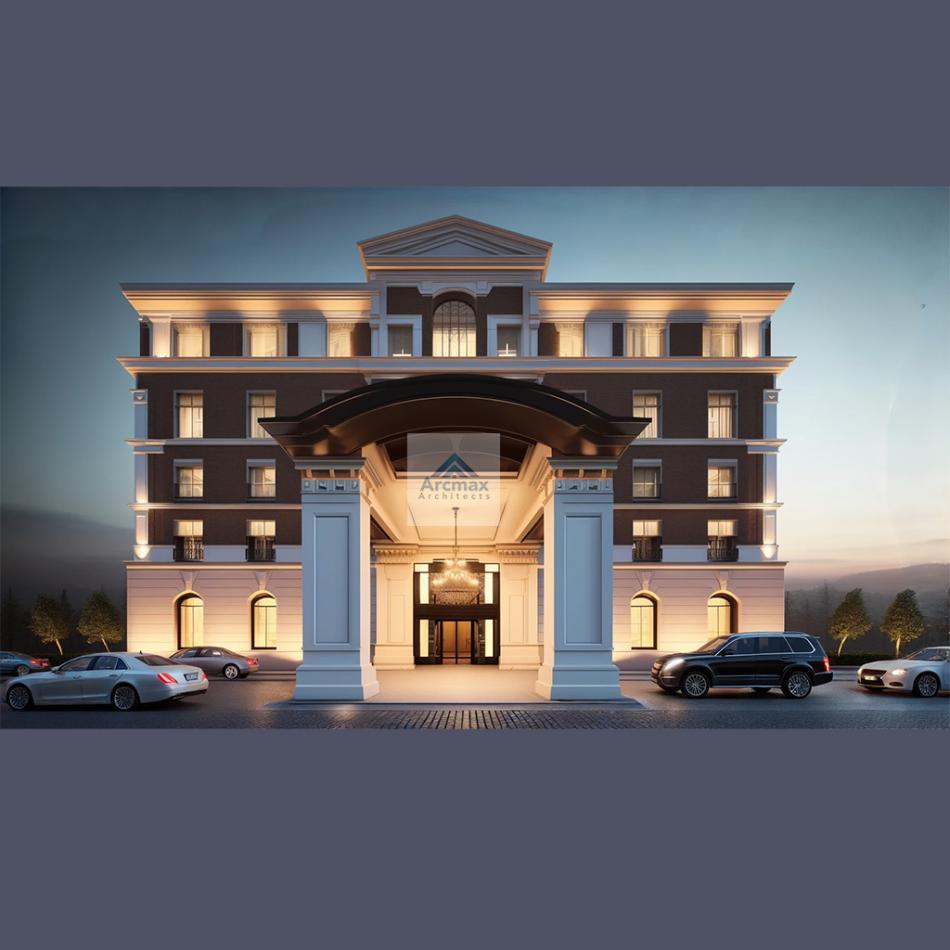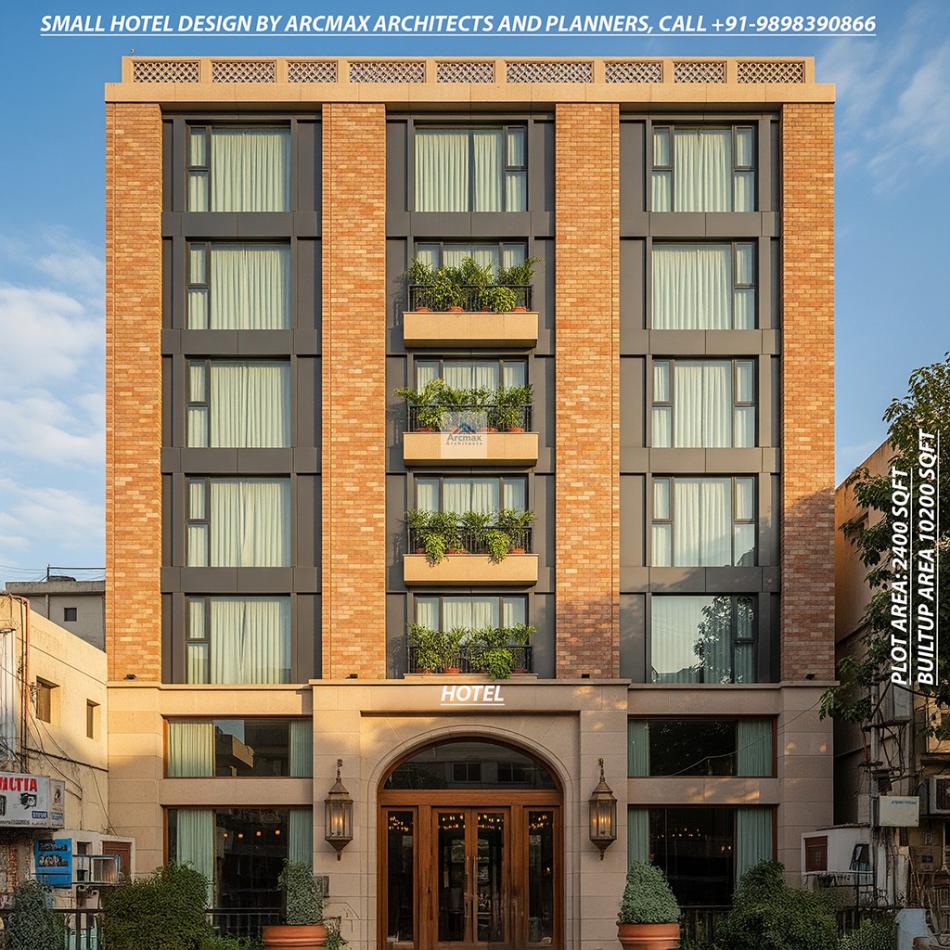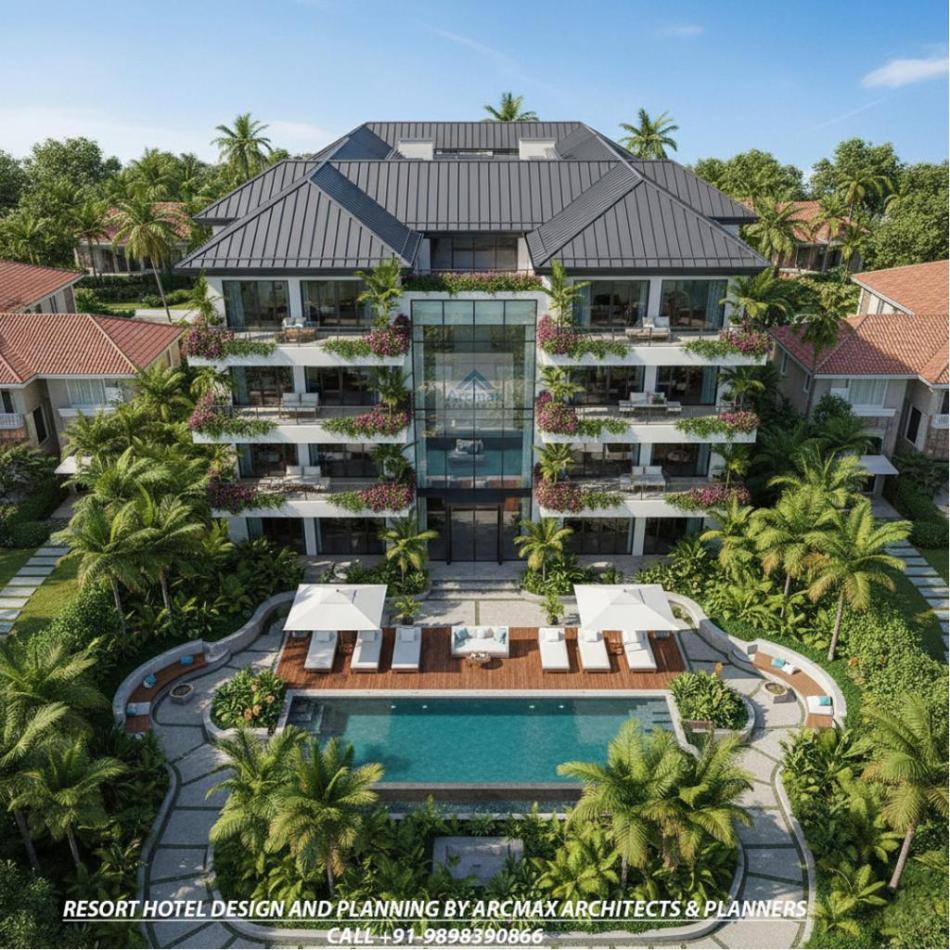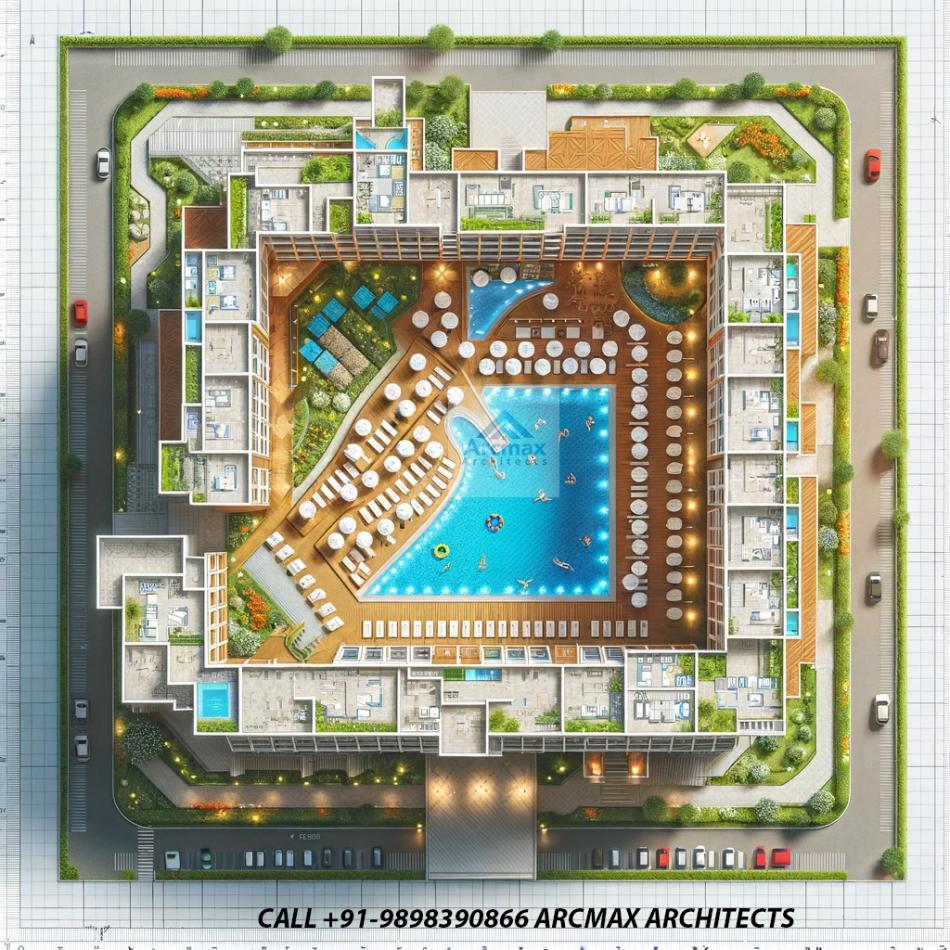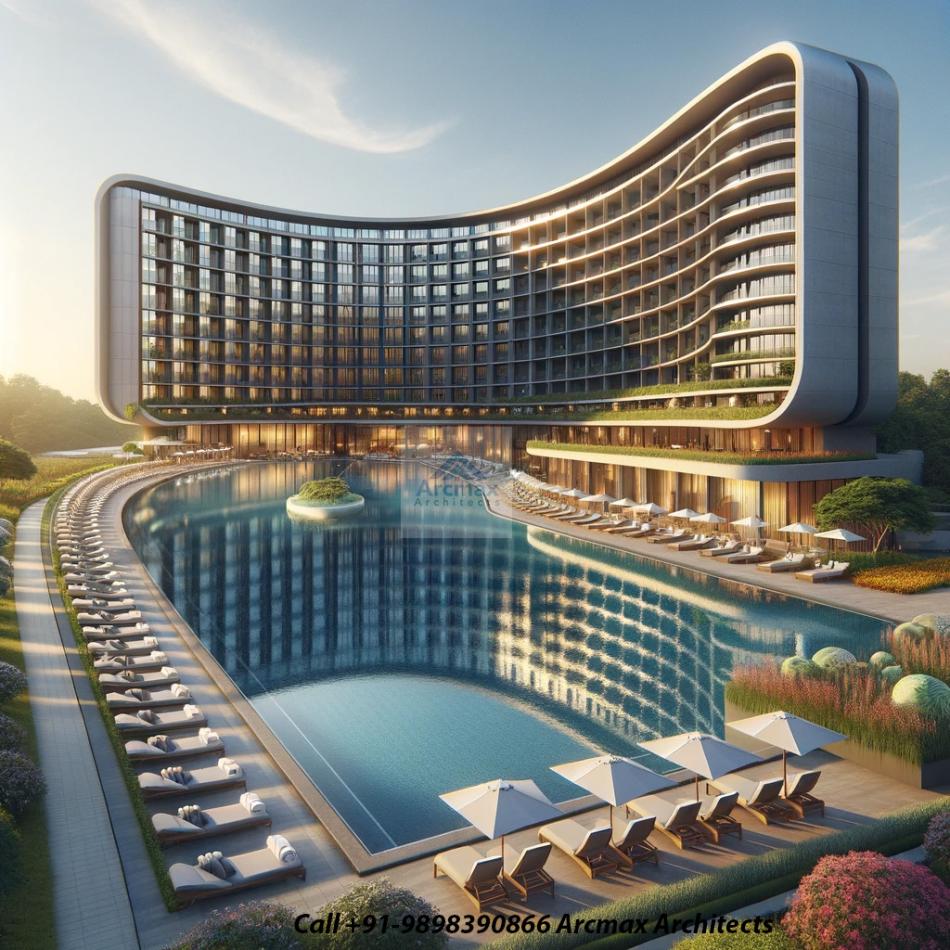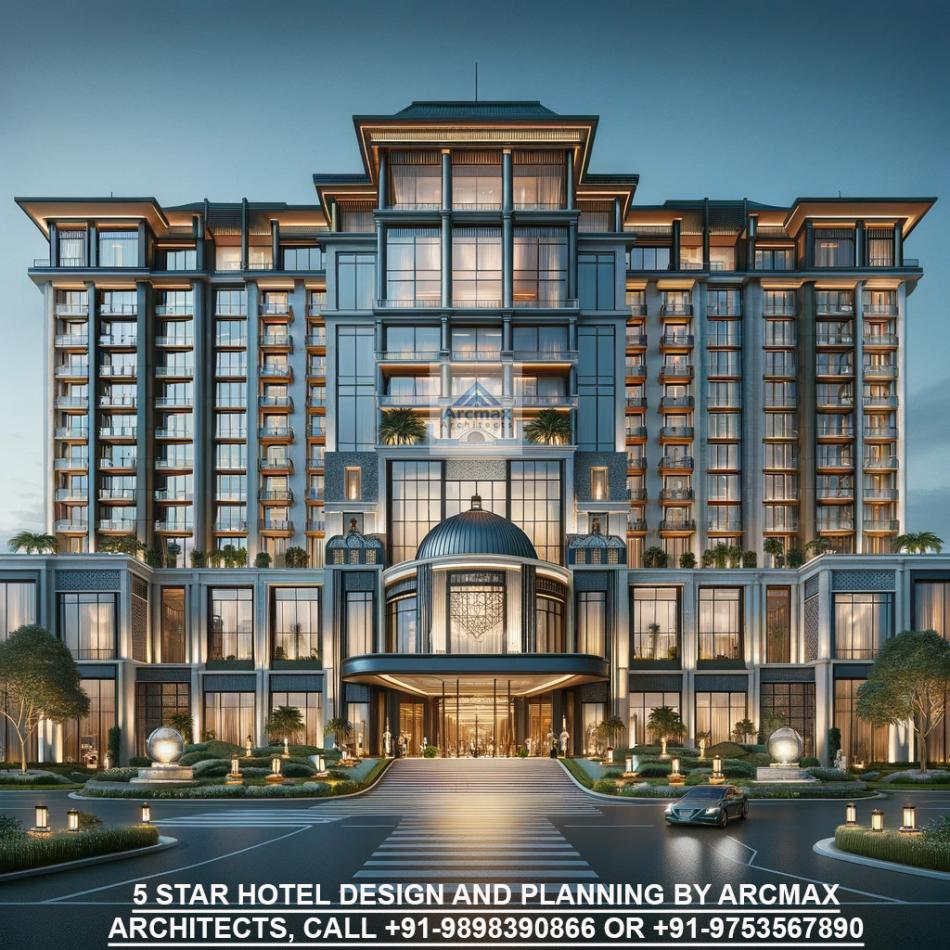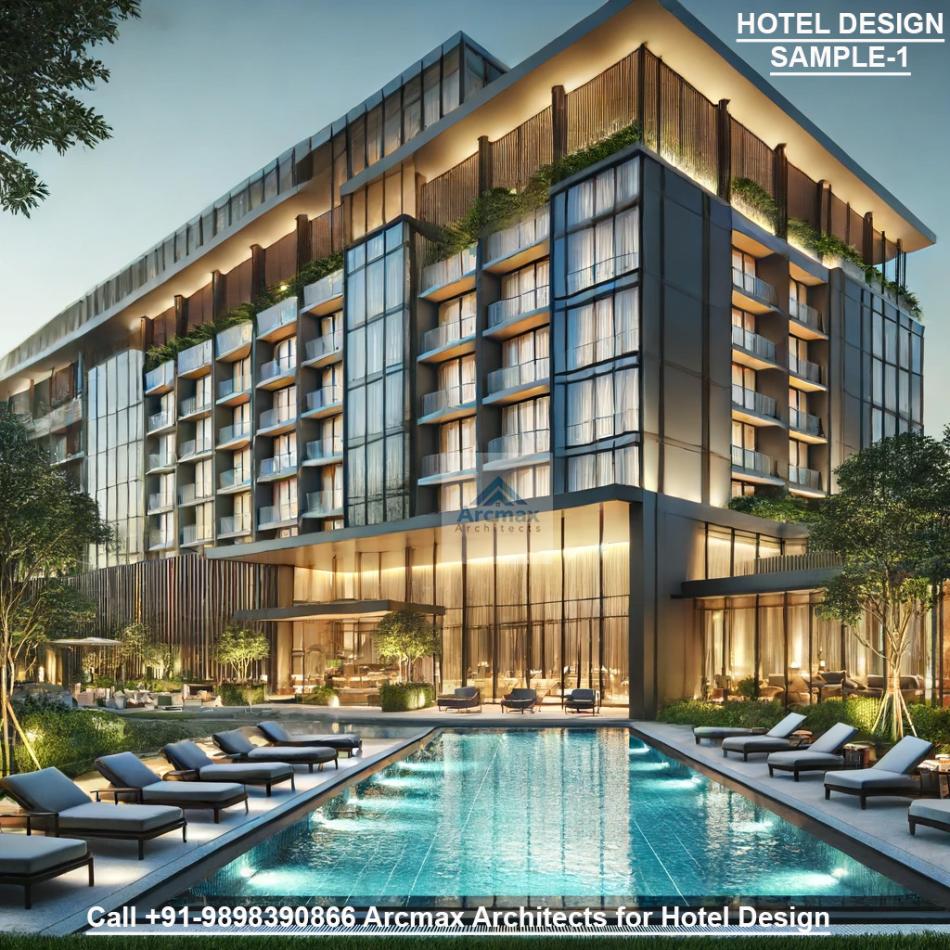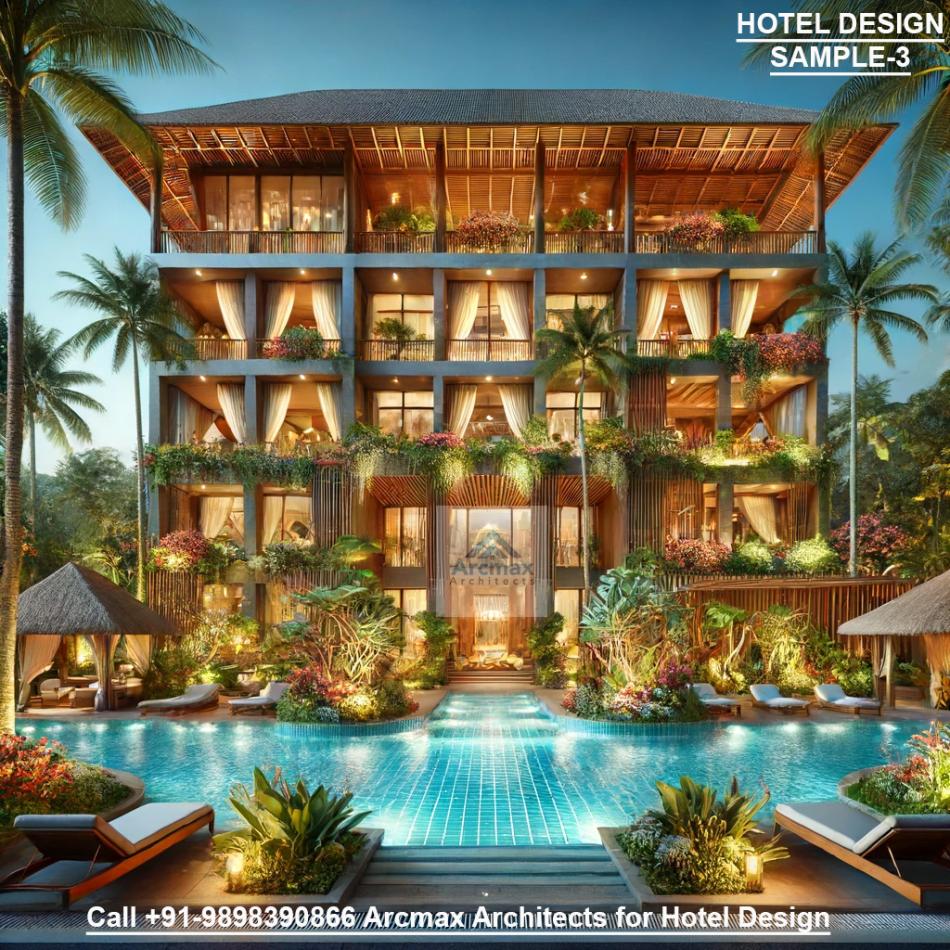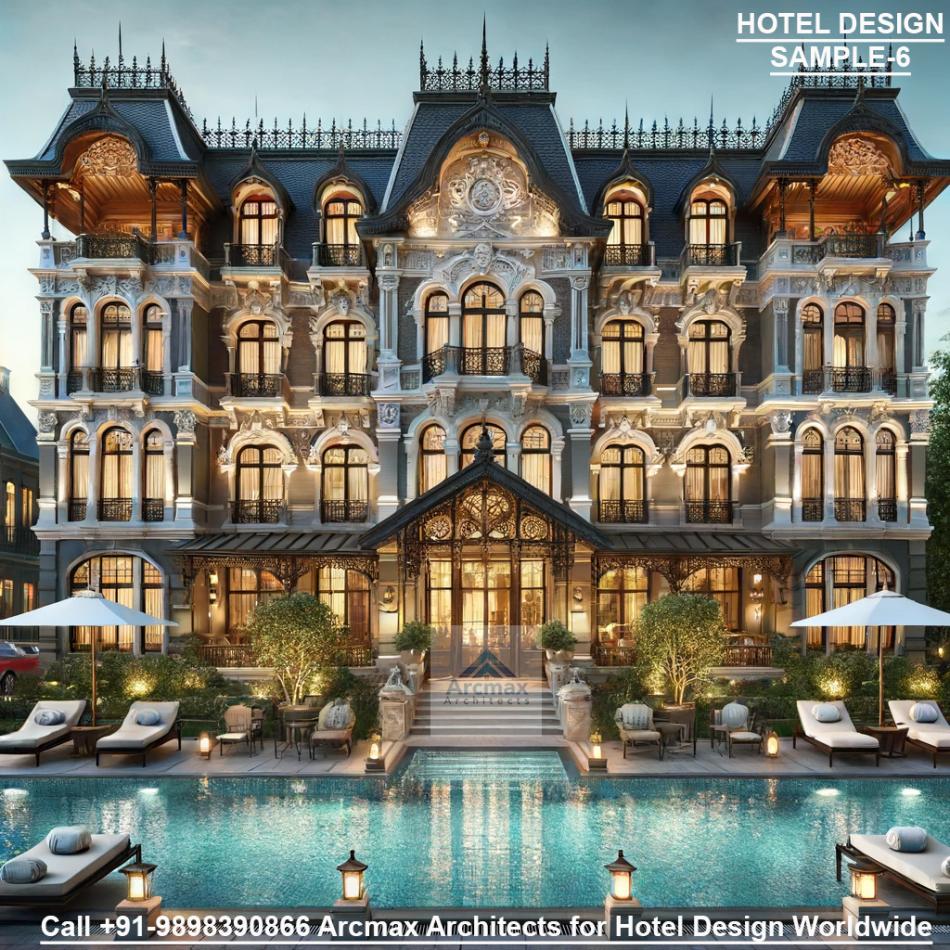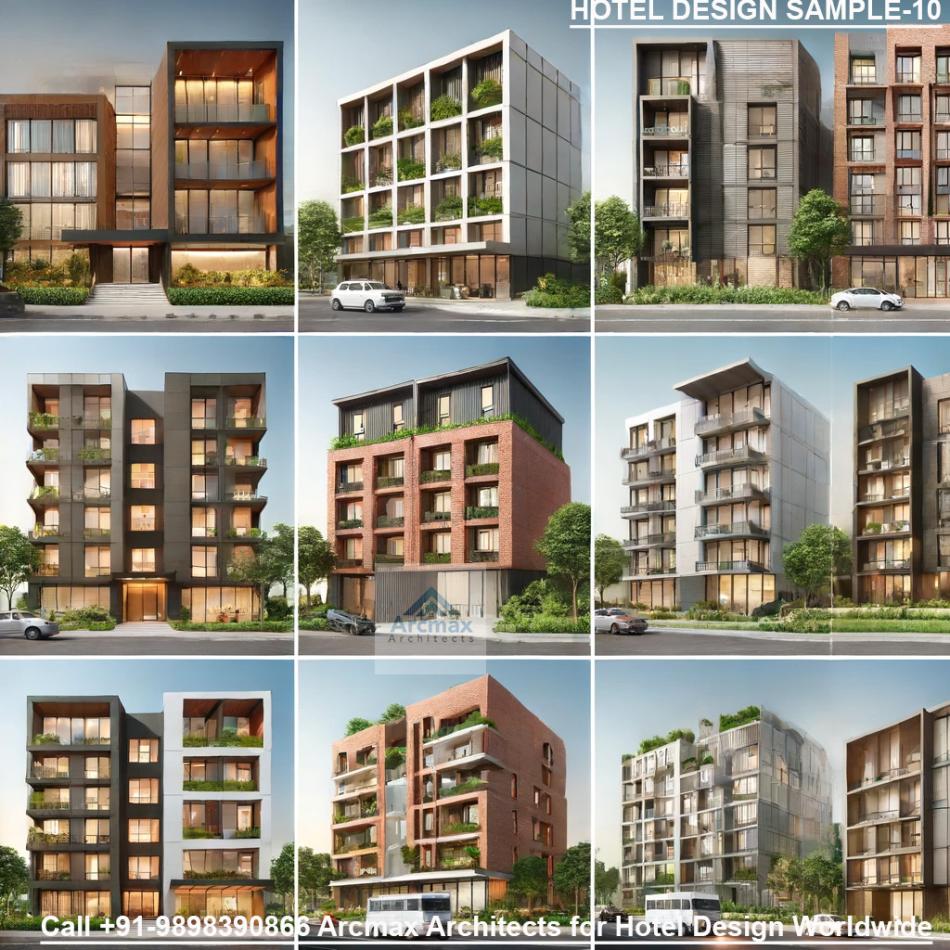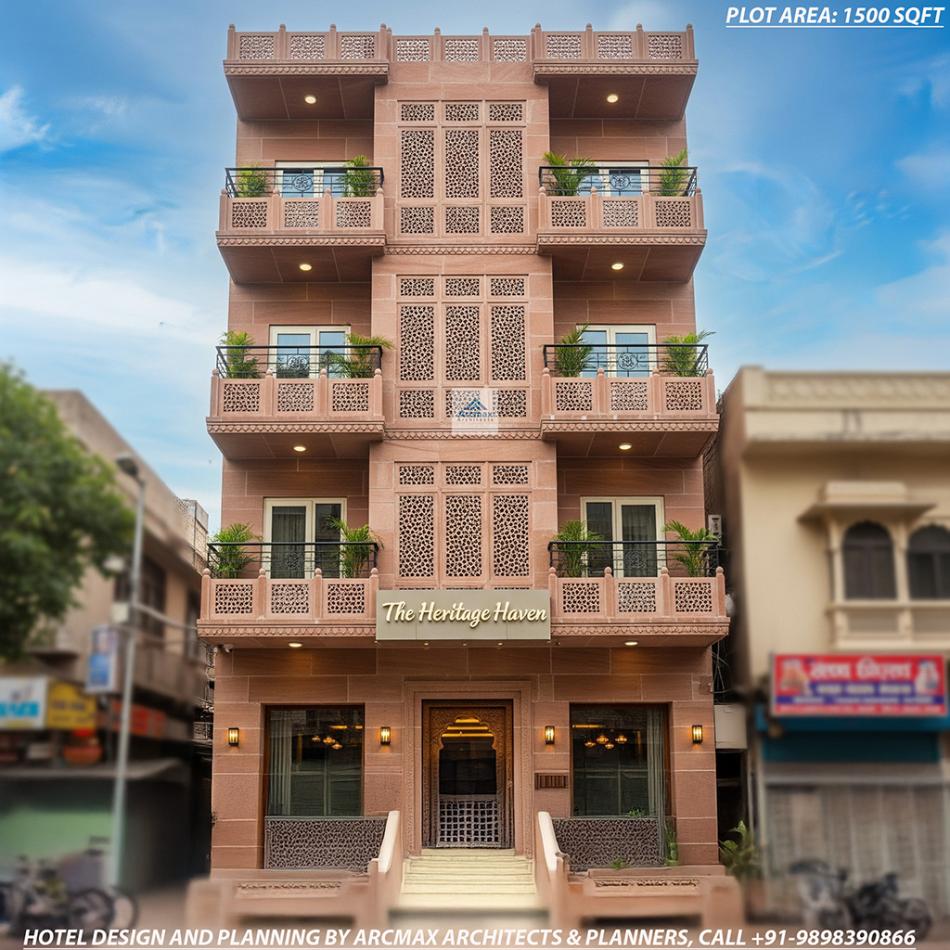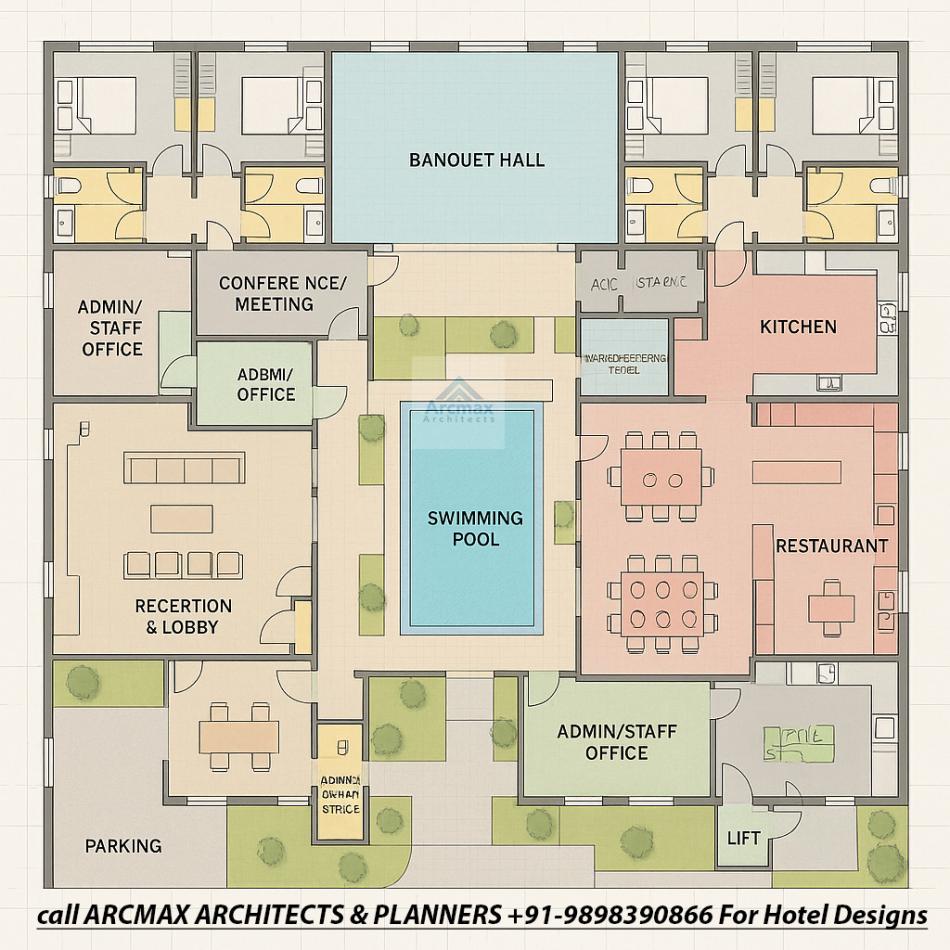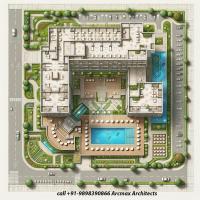Bakeri City, Pincode: 380015 Ahmedabad, Gujarat, India,
244 Madison Avenue, New York, United States
Our Client






Small Hotel Design and Planning
Designing and planning a small hotel involves a detailed and strategic approach that balances aesthetics, functionality, guest comfort, and efficient use of space. The goal is to create a welcoming and memorable experience for guests, while ensuring operational efficiency and profitability for the hotel. Below, we outline key considerations and steps involved in the design and planning process of a small hotel.
Understanding the Market and Concept Development
- Market Research: Begin with thorough market research to understand the target audience, local competition, and market demands. This will help in defining the hotel's unique selling propositions (USPs).
- Concept Development: Based on the research, develop a clear concept that includes the hotel's theme, style, and the type of guests it aims to attract. This could range from luxury boutique hotels to eco-friendly inns.
Site Selection and Legal Compliance
- Location: Choose a location that aligns with your hotel's concept and target market. Consider proximity to tourist attractions, accessibility, and the surrounding environment.
- Regulatory Compliance: Ensure the site complies with local zoning laws, building codes, and has the necessary permits for construction and operation.
Designing Guest Rooms and Public Spaces
- Guest Rooms: Design rooms that maximize comfort and utility. Focus on quality bedding, adequate lighting, storage, and a functional bathroom. Personalized touches can enhance the guest experience.
- Public Spaces: Design welcoming public spaces such as the lobby, dining area, and outdoor spaces. These areas should reflect the hotel's theme and encourage guests to relax and socialize.
Operational Efficiency and Sustainability
- Space Planning: Efficient use of space is crucial. Plan for back-of-house operations such as laundry, storage, and kitchen to ensure smooth day-to-day running without interfering with the guest experience.
- Sustainability: Incorporate sustainable practices, such as energy-efficient lighting, water-saving fixtures, and renewable energy sources. This not only reduces operational costs but also appeals to eco-conscious travelers.
Technology Integration
- Smart Technology: Incorporate technology that enhances guest comfort and operational efficiency, such as keyless entry, online check-in/check-out, and in-room tablets for controlling lighting and temperature.
- Connectivity: Ensure high-speed Wi-Fi throughout the hotel, as connectivity is a key expectation for modern travelers.
Branding and Marketing
- Visual Identity: Develop a strong visual identity that reflects the hotel's concept. This includes the logo, color scheme, and thematic elements that will be used across all materials and spaces.
- Marketing Strategy: Create a marketing plan that utilizes online and offline channels to promote the hotel. Focus on building a strong online presence through a professional website, social media, and online booking platforms.
Final Thoughts
The design and planning of a small hotel require a holistic approach that combines market insight, thoughtful design, and operational considerations. It's important to create a space that not only looks inviting but also operates efficiently and meets the needs of guests. Throughout this process, maintaining a clear vision of the hotel's identity and target market will guide decision-making and help achieve a successful outcome.

